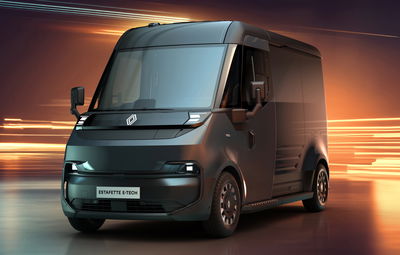Renault’s Electric Van Revival
Renault has been charming car enthusiasts with its retro-styled electric cars, and now the company is applying the same nostalgic touch to its upcoming range of electric vans. The new lineup includes three models: the Trafic, Estafette, and Goelette, all of which draw inspiration from Renault’s historical van offerings.
The Estafette: A Modern Take on a Classic
The Estafette stands out with its unique design, featuring a skinny track, high roof, and massive windscreen. Measuring under two meters wide but 2.6 meters tall, it’s designed for inner-city deliveries. The name Estafette was originally used for a van produced from 1959 to 1986, known for its similar tall and narrow profile. The modern version pays homage to this heritage while catering to contemporary urban logistics needs.
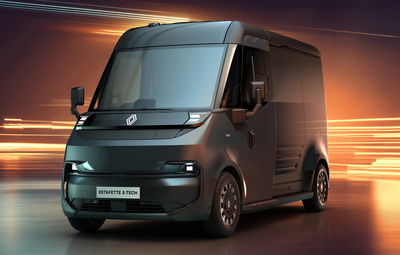
The Goelette: Versatility in Design
Another retro name revived by Renault is the Goelette, which was used for a van sold from 1959 to 1965. The modern Goelette is notable for its versatility, with three initial configurations available: a standard model, a tipper, and a bare chassis cab. This flexibility allows for various customizations, making it suitable for different business needs. One configuration resembles a shipping container attached to the back, while others may be used for various commercial purposes.
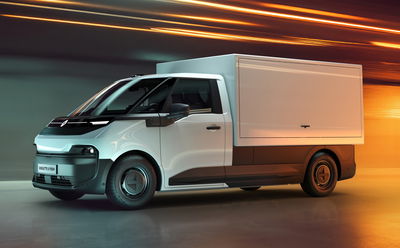
The Trafic: A Familiar Name with Modern Twists
The Trafic is the third model in Renault’s electric van lineup, a name that Renault first introduced in 1980 and continues to use today. Effectively Renault’s equivalent of the Ford Transit or VW Transporter, the Trafic is designed for commercial use. While it may not stand out as much as the Estafette or Goelette in terms of retro charm, it boasts practical features like a turning circle as tight as a Clio’s, making it suitable for navigating urban environments.
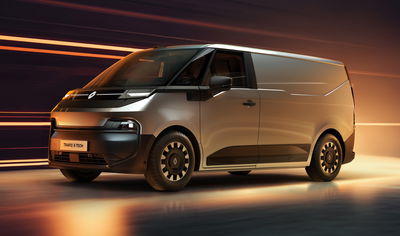
Production and Platform
These electric vans are built on a platform developed by Flexis, a new commercial EV specialist resulting from a collaboration between Renault, Volvo, and shipping company CMA CGM. Production is set to begin next year in France. As with many commercial vehicles, expect to see these vans decked out in various company liveries as they hit the roads.
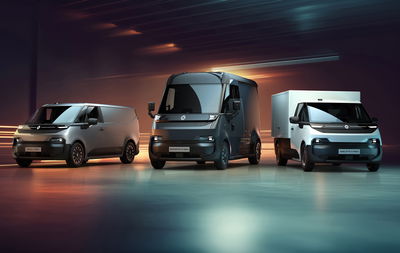
Renault’s decision to revive classic names for its electric vans not only pays tribute to its heritage but also signals a modern approach to commercial vehicle design and functionality. As the world shifts towards more sustainable transportation options, Renault’s electric van lineup is poised to make a significant impact in the commercial vehicle market.



